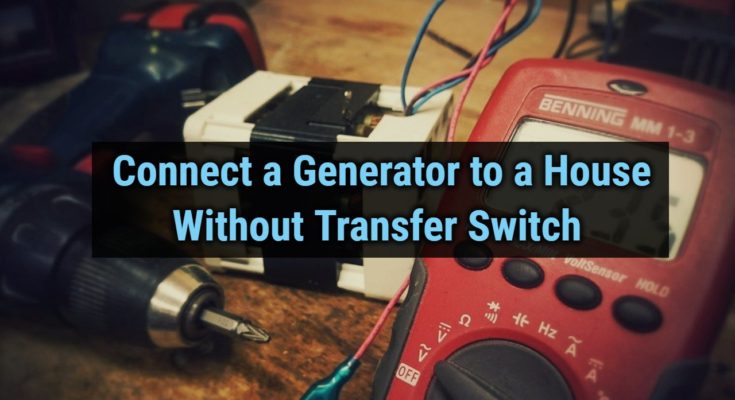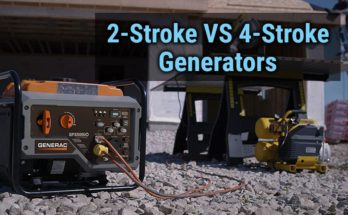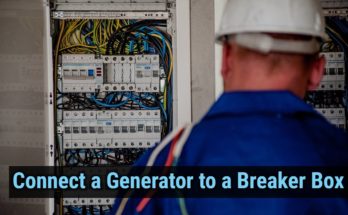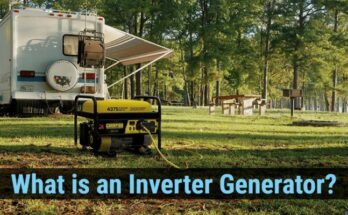During a power outage, you would very much like that your essentials keep working. Even if you don’t want to run anything else, the lights and fridge should be on.
A backup generator is a good investment if you face a regular power outage daily for a few hours. But if you face power outages for days and even weeks sometimes due to natural disasters like storms and hurricanes, then a generator is a must.
A correct way to connect a generator to the house is through a transfer switch. But if you don’t have a transfer switch, then there is no way other than having some kind of shortcut to connect the generator to the house.
So, here we have described all the steps in detail. This article will inform you about the correct steps and essential things you will need to make the connection safely. Some of the homeowners connect a generator to their panel without having a transfer switch or an interlock switch.
Mark my words, that is not a safe way to make the connection at all. You can’t just go about connecting it in a way you like; certain procedures and steps are always needed to be followed.
The impressive thing about this method is that it is very simple, safe, and works really well. So, let’s get to it.
Table of Contents
Things You Will Need to Make a Safe Connection
For making a connection to your house, you will first need to have a few things collected before you begin the installation procedure. Here we have listed all the things that you will need.
Interlock Switch
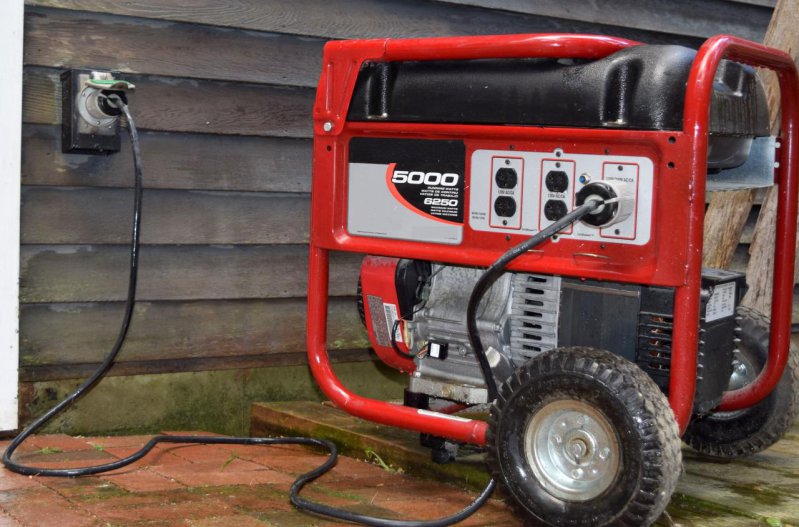
An interlock switch is an alternative to the transfer switch. It will connect the generator power to the control panel. The best thing about the interlock switch is that it is expensive. The Interlock switch is pocket-friendly and will be available at every hardware store.
But, when buying a transfer switch just doesn’t bring in any transfer switch you find. You need a transfer switch specific to the generator model you have. A transfer switch should be made to match the power of your generator.
Circuit Breaker
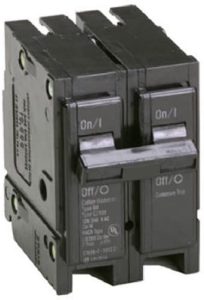
Another thing you will need is a circuit breaker, which will make and break the connection between the generator and the house. So, the rating of the breaker should be based on your generator power setting. Also, it should be such that it meets the specification of the control panel where it is going to be installed.
Most home generators will have a power rating of 20 A or 30 A. So, a circuit breaker with the 30 A power rating will be sufficient; you will need a double pole circuit breaker.
Wires
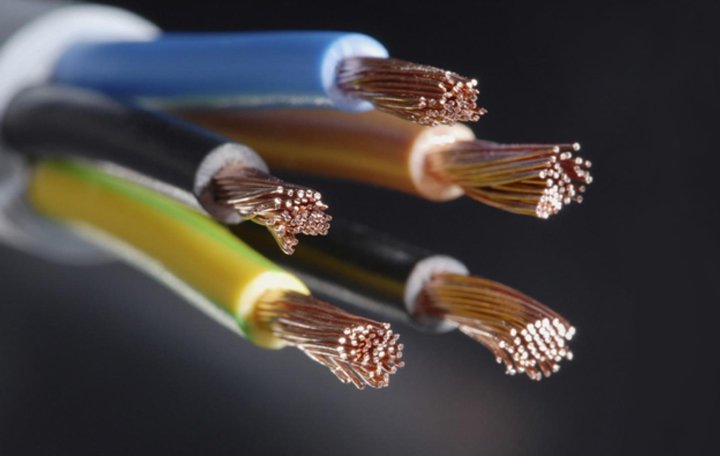
For making a connection, you will need a few wires, at least three. When purchasing wires, don’t take all of the same colors. Buy with different colors to quickly identify when working with them. The different colors will make them easier to access.
Also, you will need to consider the length and gauge of the wire. The length depends on how long you will need to bring the wires to make a connection with the generator. And as far as a gauge is concerned, a generator will supply 20 or 30 A power. For that, a 10 gauge wire is recommended. If the gauge is not proper, then it may result in an accident; a wire can meltdown or overheat.
Safety Tools
These are the topmost essential things you should focus on, don’t take the electricity lightly. It can turn out to be fatal and deadly if you get exposed. So, to keep yourself safe, get the best electrical working gloves and also get some eye-protective equipment. To eliminate the possibility of electrocution, a good pair of electrical working boots should also be on your list.
Others
Once all the essentials are gathered, now it’s time for some small and necessary items that you will need to do the installation. You will need wrenches, drills, screwdrivers, and piller. Along with that, also keep some electrical tapes handy. You may need it frequently.
Also Read:
Things Which Needs to be Figured out For a Successful Connection
At this point, you should be equipped with all the necessary things and equipment you will need to perform the installation, but first, you will need to figure something out, and then you can make the connection.
An Amperage of Plug
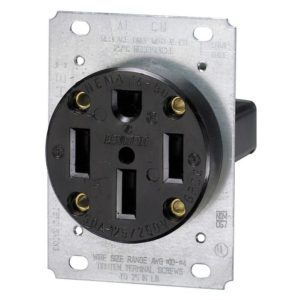
This plug will act as an interface between the house and the generator. It will get connected to the wires from the main electrical panel and also to the electrical power outlet of the generator. It will be a big round plug, and you will need a male-female power cord. The male end will get connected to the generator and the female end to the plug.
The plug will need to be of sufficient rating to handle the current coming out of the generator. Different generators will have different power ratings so that you will need a plug with suitable materials. The plug amperage will be printed on the unit, and a code will also be there. You can adjust the material of the plug based on the codes written.
The plug should be waterproof because it will be installed outside of a wall.
Drill a Hole
The next step is to drill the hole on a wall, and this hole will accommodate all the wires going to the plug. The size of it should be enough to accommodate all the wires with a perfect fit. If the walls of your house are thicker, then you can use the hammer drill to make the hole. The hole should be waterproof.
Another thing to keep in mind when making a hole in its position, the best position is to keep it away from the house on the outer wall. This will keep the noise away from the house, and peace will be maintained. Other than that, if the generator is near to the house, then its exhaust might creep inside the house. And I’m pretty sure that you don’t want a suffocating and deadly CO to accumulate inside your house.
You can make the hole so that the minimum length of wire is required for a connection but keep them easily accessible.
Assembling the System
Now everything is in place. The only thing left is to make the connections. You have kept the power inlet plug on the outer wall, and the plug needs to be installed a few feet away from the hole you made for the wires to come out from your home.
At this point, to ensure your safety, you must turn off the main breaker.
A conduit will be required to bring all the wires to the plug. You can glue the conduit to keep the wires safe from everything. Once it is done, wires will need to be through them. You can first pass one wire and then another and then another. If you try to pass them simultaneously, they might get clogged inside the conduit.
Wires will now be available out of the conduit. It’s time to make a connection with the inlet plug; use a screwdriver to tighten them properly. After that, the other end of the wire should be connected to the circuit breaker retainer.
When you complete the installation of the wires and also of the retainer, cover the breaker. For last time make sure that all the connections are secure and adequately tightened.
Now everything is in its place, and a portable generator is ready to power all your essentials in a power outage condition.
Is a Transfer Switch Essential for Connection of the Generator to a Home?
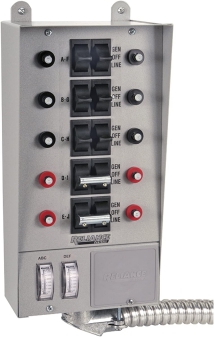
If you want to power any of the appliances of your house from a generator, you don’t need a transfer switch in terms of technicality; you can do it without one. But a national electric code requires you to have one when connecting a portable generator to a house, and if you don’t use one, then it will cause a code violation.
A transfer switch offers many advantages over an interlock switch, and that’s why many of the electricians recommend using it. It is the safest way to connect a generator to the house because there won’t be any extension cords running around in the house, so no fear of them getting damaged and causing any risks like electrocution or fire.
With the transfer switch installed, you can easily power the connected appliances. Hard-wired appliances can be instantly powered because the circuit to which it is connected will be powered from a generator through a transfer switch.
Conclusion
The use of an interlocking switch should be done only when you can’t install a transfer switch. The electrical panels and circuits can be highly dangerous if you don’t know what you are doing. If you have any doubts or can’t find a solution, then you should get help from a professional electrician.
Before doing anything, get to know the local law. This might prevent you from doing anything illegal unknowingly.
When you install any new amenities in your house, you will need a permit, and this is to keep a record of which homes have how many and what type of facilities. The installation of a generator might also require you to have one, and you can take the help of a certified electrician to do that for you.

